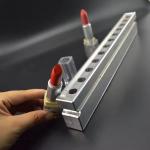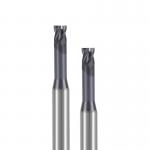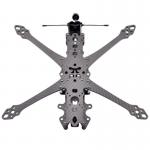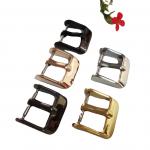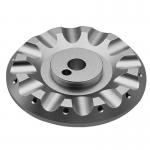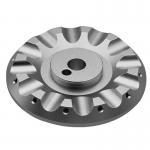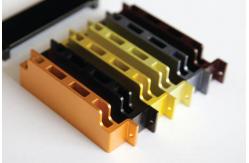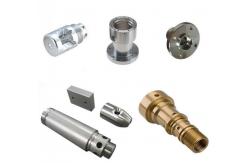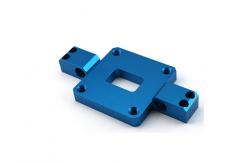The Application and Considerations of Hard Anodizing in CNC Part
Processing
Hard anodizing is a surface treatment process that significantly
enhances the durability and functionality of CNC-machined parts. It
involves the electrochemical formation of a hard, wear-resistant
oxide layer on the surface of the workpiece. This layer not only
improves the part's corrosion resistance but also increases its
hardness and scratch resistance.
In CNC part processing, hard anodizing finds extensive application
in industries that require high-performance components, such as
automotive, aerospace, and medical manufacturing. By withstanding
extreme environments and heavy usage, hard-anodized parts can
maintain their integrity and performance over longer periods.
However, there are certain considerations that need to be taken
into account when using hard anodizing in CNC part processing.
Firstly, the material selection is crucial. Aluminum and its alloys
are commonly used for hard anodizing as they respond well to the
process. Other materials may not produce satisfactory results.
Secondly, the surface preparation of the workpiece is essential.
Any impurities, oils, or contaminants on the surface can interfere
with the anodizing process, leading to inconsistent or defective
oxide layers. Therefore, thorough cleaning and pretreatment steps
are necessary to ensure a smooth and uniform oxide layer formation.
Furthermore, the anodizing process itself requires precise control
of various parameters, such as electrolyte composition,
temperature, and voltage. These factors directly influence the
thickness, hardness, and quality of the oxide layer. It is crucial
to conduct careful process optimization and quality control to
achieve the desired results.
Lastly, post-treatment considerations should also be taken into
account. After hard anodizing, the parts may require sealing or
polishing to further enhance their properties or aesthetics.
Additionally, regular maintenance and inspection of the anodizing
equipment are necessary to ensure consistent and reliable results.
In conclusion, hard anodizing is a powerful surface treatment
technique that significantly improves the durability and
performance of CNC-machined parts. However, it requires careful
consideration of material selection, surface preparation, process
control, and post-treatment steps to achieve optimal results. By
adhering to these considerations, hard anodizing can be effectively
utilized in various industrial applications, enhancing the quality
and longevity of CNC-machined components.
